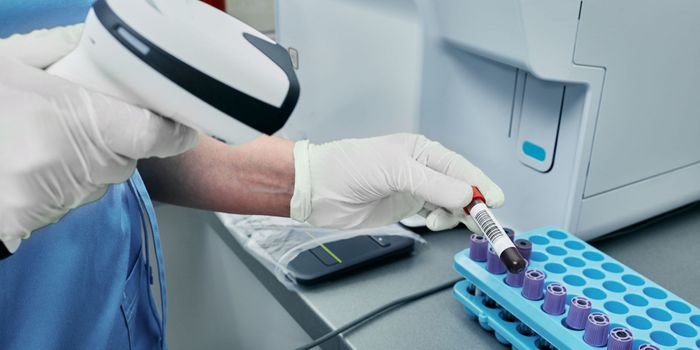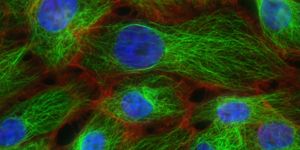Engineering Silk into Medical Devices
Scientists at Tufts University created an effective fabrication method for molding silk into medical devices. Silk is a biopolymer long known for its superior mechanical strength. Silk is commonly seen as the woven material produced by the spiders. But the unique properties of silk have allowed it to be utilized in the development of durable fabrics and even bulk parts. However, in the study, the products created as result of the thermal molding process of silk can be altered for a variety of applications including adding bioactive compounds such as enzymes and antibiotics.
Learn more about the bio-mechanics of spider-silk:
"We and others have explored the development of many silk-based devices over the years using solution-based manufacturing," said David Kaplan, Stern Family Professor of Engineering at the Tufts University School of Engineering and corresponding author of the study. "But this new solid-state manufacturing approach can significantly cut the time and cost of producing many of them and offer even greater flexibility in their form and properties. Further, this new approach avoids the complications with solution-based supply chains for the silk protein, which should facilitate scale up in manufacturing."
Findings of the study were published in Nature Materials and describes how scientists were able to reconstitute the basic protein of silk known as ‘fibroin’ into a wide range of biomedical applications including tissue engineering, orthopedic screws, and devices for drug delivery.
"The thermal molding process is made possible because the amorphous silk has a well-defined melting point at 97 degrees Celsius, which earlier solution-based preparations did not exhibit," said Chengchen Guo, post-doctoral scholar in the Kaplan lab and co-first author of the study. "That gives us a lot of control over the structural and mechanical properties of what we make."
The properties of the heat molded silk include flexibility, tensile and compressive strength. Additionally, the ability to alter temperature in the molding process can allow the development of key devices such as bone screws and ear tubes.
Source: Tufts University









